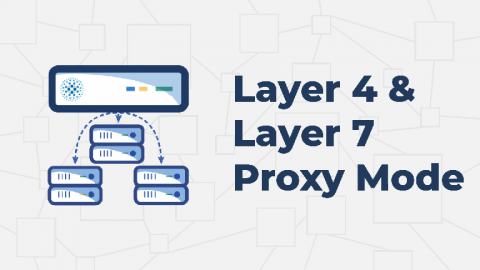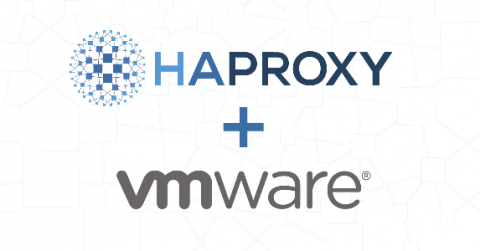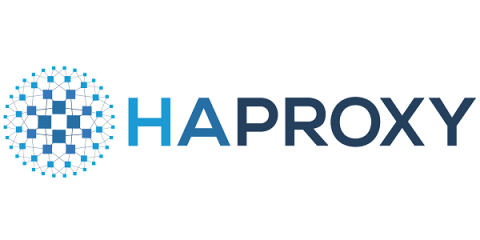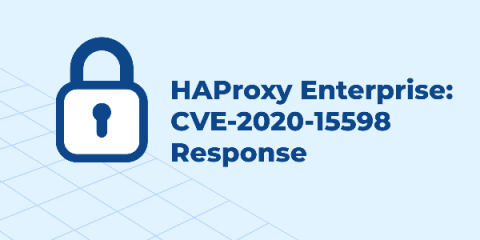Layer 4 and Layer 7 Proxy Mode
HAProxy can run in two different modes: TCP or HTTP. When operating in TCP mode, we say that it acts as a layer 4 proxy. In HTTP mode, we say that it acts as a layer 7 proxy. To understand the difference, you must first learn about the Open Systems Interconnection (OSI) model, which helps IT pros conceptualize and explain where a piece of software fits in the context of a computer network.











